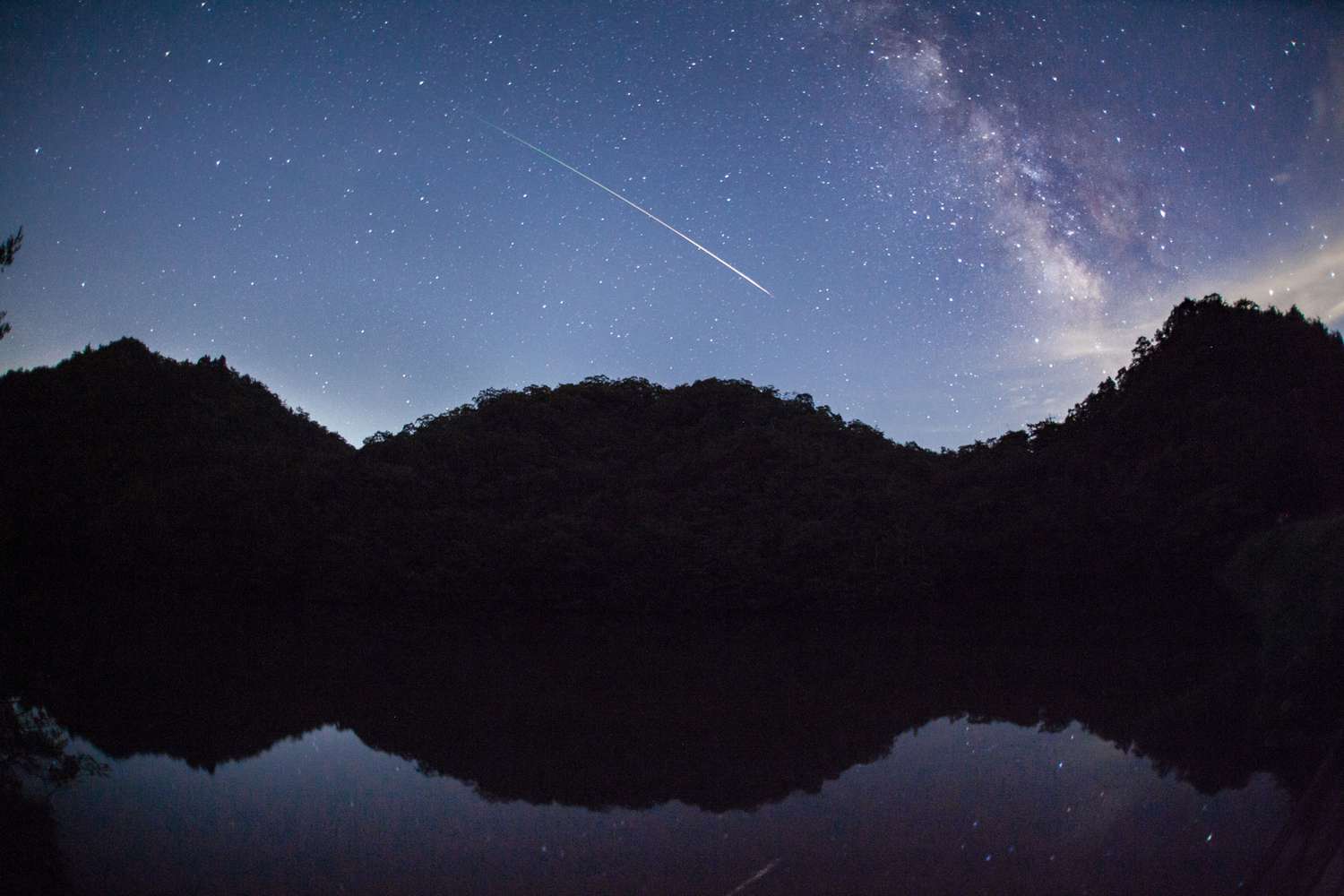Keep your eyes up this week as the Taurid meteor showers bring shooting stars — and maybe even a fireball — to the night sky.
Made of up of the Southern and Northern Taurid meteor showers, this astronomical event typically doesn’t produce as many meteors as some other showers (like the summertime Perseid meteor shower), but stargazers can sometimes spot something even more exciting: fireballs flying across the night sky. Even though they sound mysterious, fireballs are just super-bright meteors, an exciting sight for anyone watching for bursts of light in the sky this week.
Mercury is fresh out of retrograde, and 2020 is finally nearing the end, so this is the perfect time to get outside and make a wish on a falling star. Here’s everything you need to know to see the Taurid meteor showers this November.
Related: More space travel and astronomy news
When is the Taurid meteor shower?
In 2020, the Southern Taurids are active from Sept. 10 to Nov. 20, and the Northern Taurids are active from Oct. 20 to Dec. 10, according to the American Meteor Society. The Southern Taurids peaked at the end of October, but the Northern Taurids are set to peak on Nov. 11 and 12, so keep an eye out for shooting stars that night.
What causes the Taurid meteor showers?
The Southern Taurids are caused by Comet Encke, while the Northern Taurids come from an asteroid named 2004 TG10, which might be a fragment of Comet Encke. Wondering how meteor showers get their names? These autumn events are called the Taurid meteor showers because their radiant point — the point in the sky from which they appear to originate — is in the constellation Taurus.
Related: These Stargazing Tips Will Help You See Stars and Constellations From Your Backyard
The Taurid meteor showers are known for their fireball activity, but some years are better than others for spotting those bright meteors. According to the American Meteor Society, there seems to be a seven-year pattern for the showers’ fireballs. There was “remarkable fireball activity” in 2008 and again in 2015, so keep an eye out in 2022, as you might spot some especially impressive shooting stars.
When is the next meteor shower?
The Taurids aren't the only meteors lighting up the night sky this November. Keep an eye out for the Leonid meteor shower, occurring from Nov. 6 through Nov. 30 and peaking on Nov. 16 and 17. After that, the Geminid meteor shower — one of the year’s best showers — will peak on Dec. 13 and 14.
Elizabeth Rhodes is an associate digital editor at Travel + Leisure. Follow her adventures on Instagram at @elizabetheverywhere.
This story originally appeared on travelandleisure.com
Source: Read Full Article
